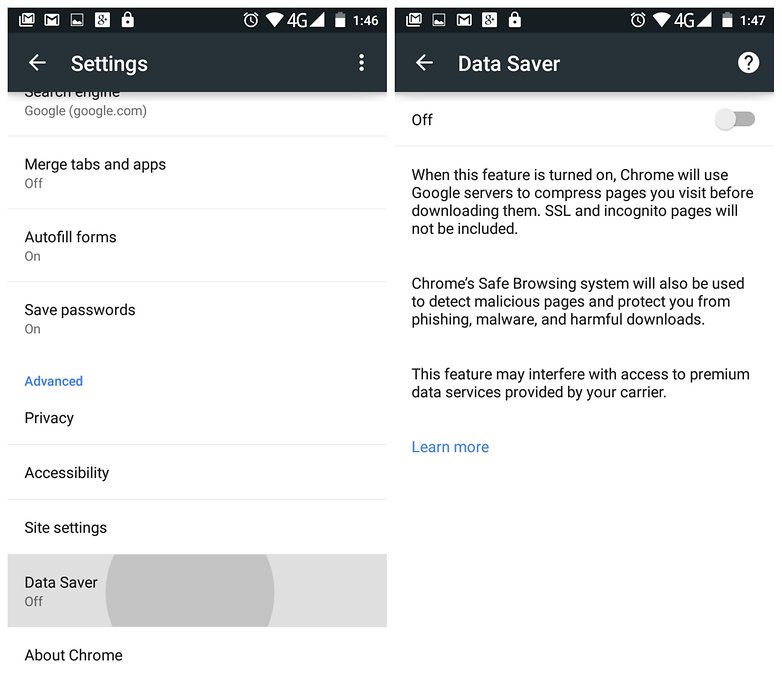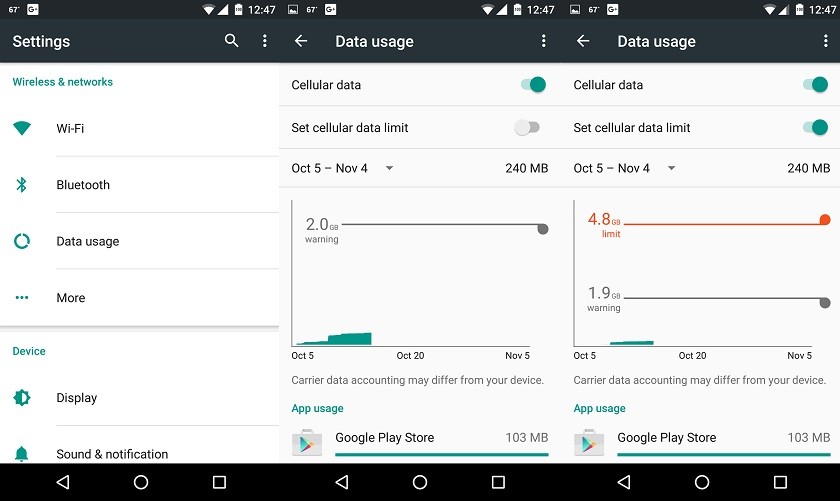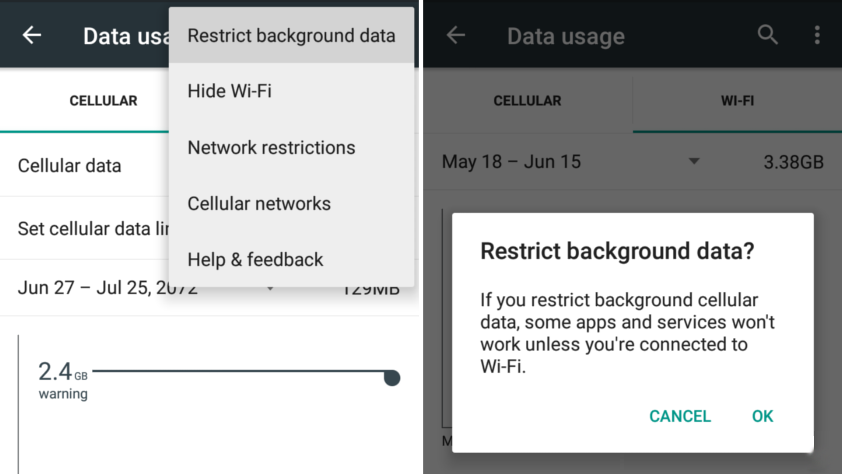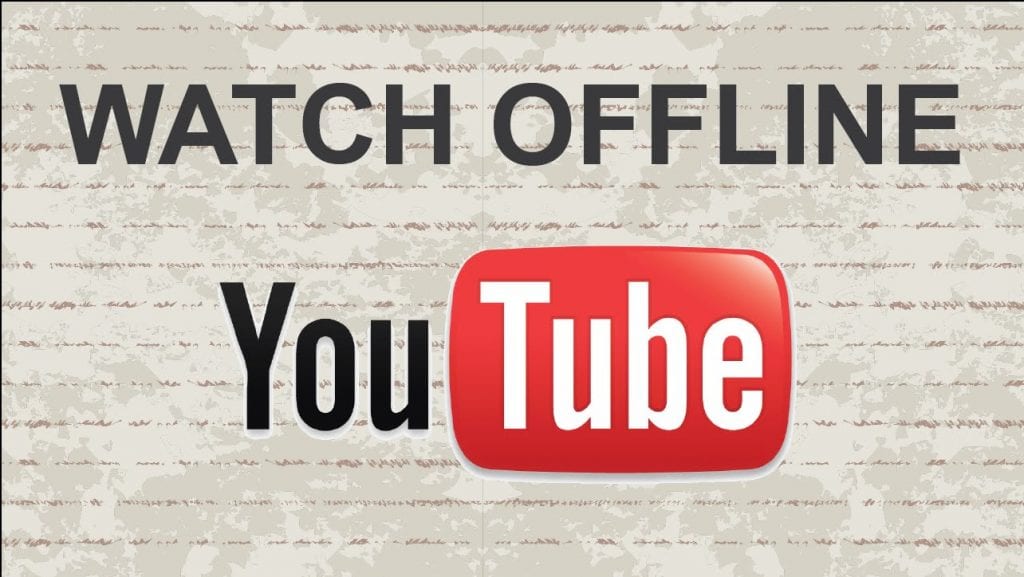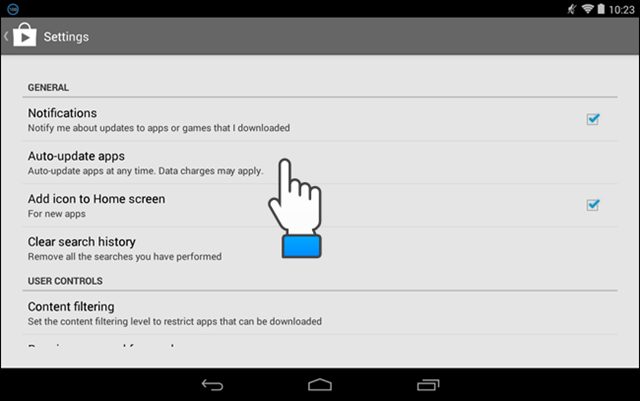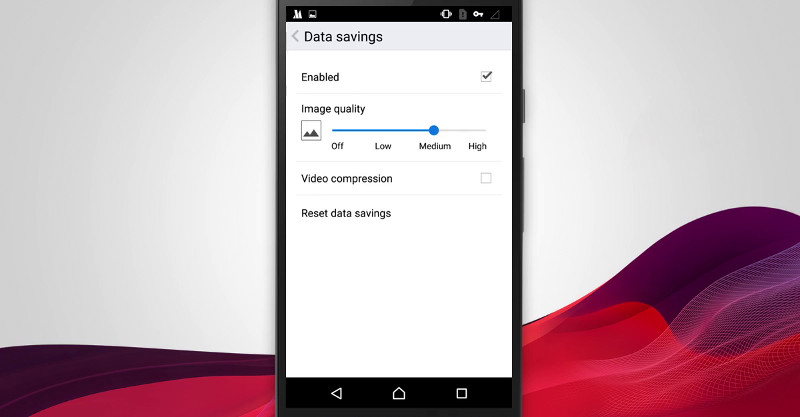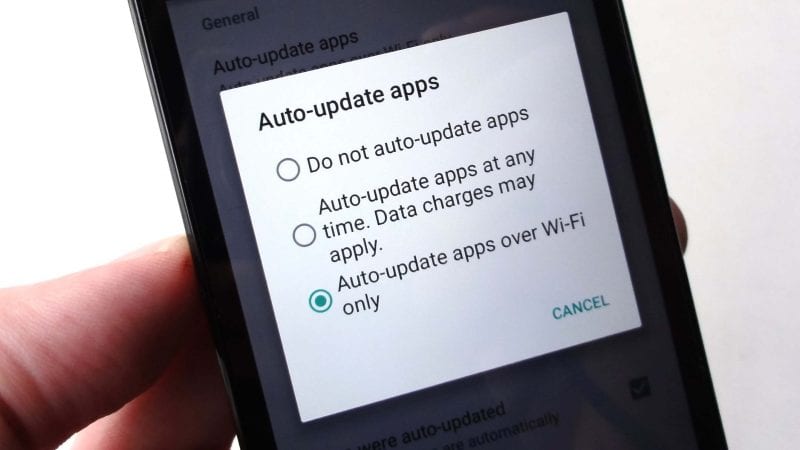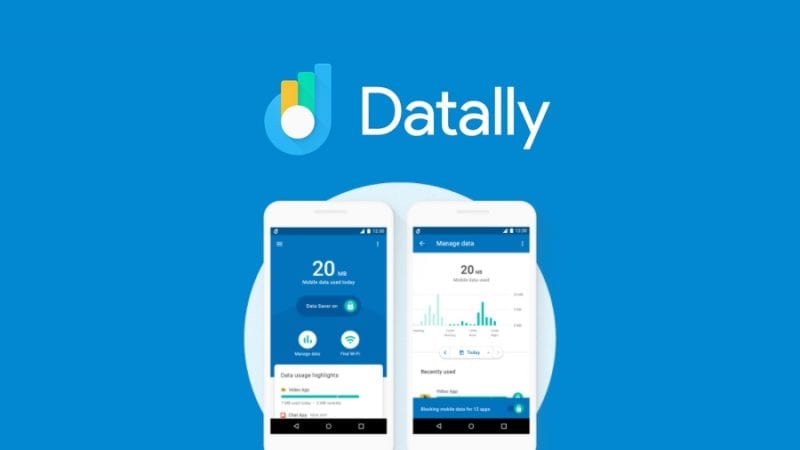Today almost every smartphone user uses the internet for browsing, downloading, and uploading, which consumes lots of data. Android consumes much more data than the normal mobile because the apps installed on an Android device always consume data, and we all know how expensive our Internet data packs are. So, we have some useful tips to help you minimize your Android data usage. This method is going to save you money which is being charged for extra data usage. Also Read: How To Disable and Modify Working of any Sensors In Android
Reduce Data Usage On Your Android Device
In this post, we will discuss some suggestions that will help you to reduce your internet data usage in your Android by which you can save your data. So proceed with the tips below.
1. Chrome’s Data Saver Feature
In the Google Chrome Android browser, there is an inbuilt feature to minimize data consumption while browsing, which you can activate through the below steps.
First, tap on the menu button and then Settings. Navigate to Advanced -> Data Saver and enable it.
2. Set Data Limit
Your Android smartphone lets you set a specific limit for using data. You can go to Settings > Wireless & Networks > Data Usage and then turn on ‘Set Mobile Data Limit‘. Set the limit according to your Data usage; you will get a complete idea of your average internet user. You can reset the limit every month.
3. Restrict Background Data Usage
If you restrict background data usage in your Android, then all the apps that consume data in the background will not be able to devastate anymore. Moreover, this will save your battery and internet data in your Android. Just follow some steps below. Also Read: How To Bypass Apps Root Detection In Android
4. Skip Streaming Content
We love to stream videos on Youtube, but those high-quality videos can cost you a lot. So if you are looking for data-saving Android options, avoiding streaming content would be a handy choice. However, we all know that smartphones without videos are worthless, so another option is to decrease the resolution of Videos while streaming.
5. Utilize The Offline Mode
YouTube, the largest video site, now offers Offline video; we spend lots of our precious data on Streaming services like YouTube, Spotify, Vine, etc. Most of them now offer an offline video mode. So, utilize the feature and save the video for offline viewing.
6. Update Apps Only Via WiFi
We download many apps from the Google play store, and as soon as we connect to the internet, the Play store automatically updates all the apps, which consumes lots of your valuable data. However, you can stop the auto-update of the apps from the Google Play store.
Open Settings from Google Play Store Select Auto-update apps and then click on “Auto-update apps over WiFi only“
Also Read: How to Recover Deleted Notifications on your Android Phone
7. Use Opera Video Compression
Watch more videos on your mobile device while using less data. Turn on video compression in the data-savings settings to prevent videos from stalling. This feature is rare, so you must use this feature if you want to save some extra data. Also Read: How to Use LED Flash as Notification Light on Android or iPhone
8. Keep An Eye On Your Apps
Well, using data-hungry applications on Android can cost lots of data. Here users need to look for the already installed apps like Google Photos and more. If we talk about Google Photos has the ability to sync your photos in the background every time you click one. Even social networking apps like Instagram and Facebook also consume lots of data. So, you should avoid watching videos and GIFs on those apps. Alternatively, you can use the lighter version of apps like Facebook lite, which doesn’t consume much internet data. The lighter version of apps often helps to save battery life and data usage.
9. Always Cache Google Maps
Well, we often use Google Maps to find locations. However, Google Maps also provides an option in which you can save Google Maps for offline use. By caching Google Maps, you can save both your time and data. Once downloaded, you just need to open the offline maps and can navigate them with the help of your GPS. This feature is very useful for frequent travelers because it can help users to save some data and batteries.
10. Use Datally
Datally is one of the new Android apps developed by Google. The app can help you track and block data usage on an app-by-app basis. Not only these, but the app also helps users to find a free public WiFi network. The app also comes with a built-in data saver, which requires you to turn on the Google VPN. Through this feature, the app keeps track of your data usage. With these tips above, you can easily minimize your data usage and can let you save extra charges on data usage. I hope you like our work, don’t forget to share it with others too. Leave a comment below if you know a more useful alternative way for this.
